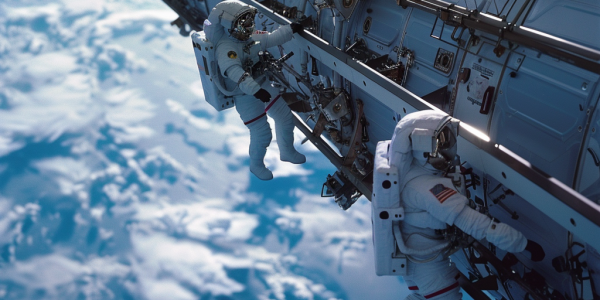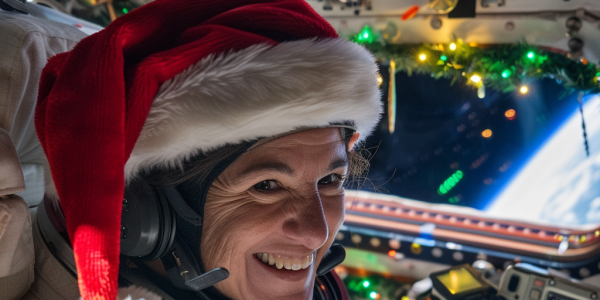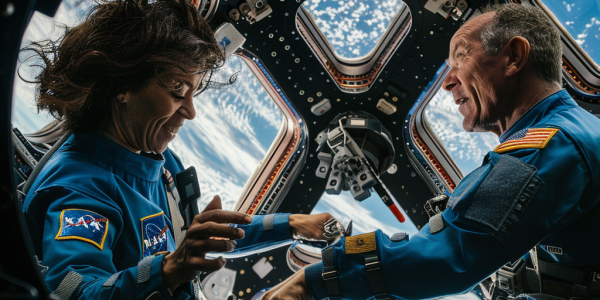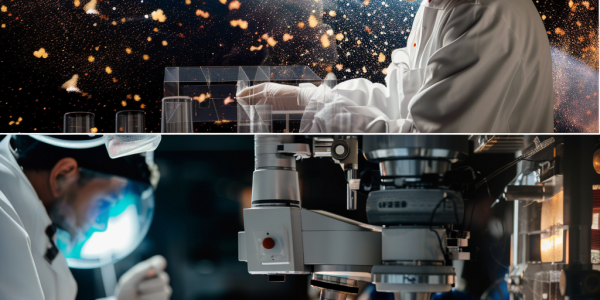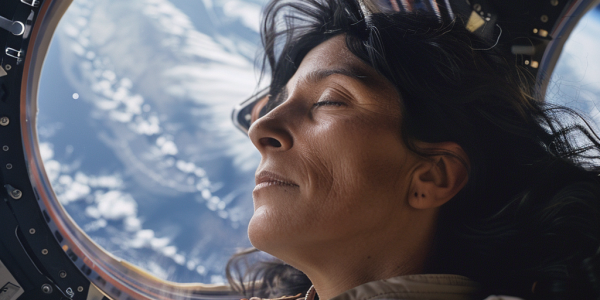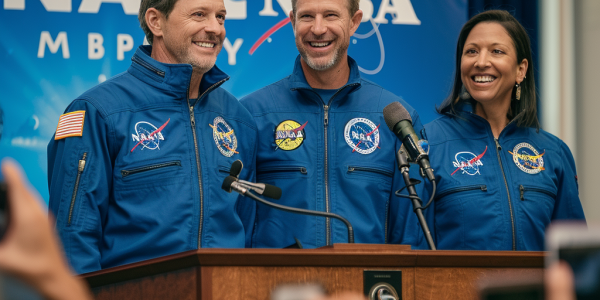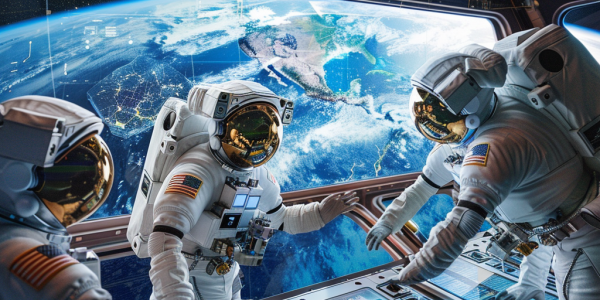Sunita Williams Prepares for Return to Earth While Advancing Space Research
ISS Commander Sunita Williams prepares for her February 2025 return to Earth, conducting essential maintenance and groundbreaking research. Collaborating with NASA’s Butch Wilmore, she utilizes advanced technology for eye examinations and engages in studies on microbes and micro-algae, crucial for sustainable space missions. Williams also inspires students through virtual outreach, emphasizing the importance of STEM education.
NASA Extends Mission for Stranded Astronauts Amid Starliner Delays
NASA has announced a significant delay in the return of astronauts Butch Wilmore and Suni Williams, extending their mission in space until spring 2025 due to issues with the Starliner capsule. Originally planned for an eight-day return, the astronauts have faced technical difficulties that have now resulted in a nearly ten-month stay. Concerns over their well-being have sparked reactions on social media, raising questions about the safety and management of space missions.
Astronauts Celebrate Christmas in Space Aboard the ISS
NASA astronauts aboard the International Space Station, including Sunita Williams, are preparing for a unique Christmas celebration in space. After receiving festive supplies via a SpaceX Dragon capsule, the crew plans to recreate holiday traditions while connecting with loved ones. This heartwarming story highlights their resilience and the joy of celebrating the season, even in microgravity.
NASA Astronauts Embrace Extended Mission Aboard ISS Amid Challenges
NASA astronauts Butch Wilmore and Suni Williams celebrate six months aboard the International Space Station, overcoming technical challenges and showcasing resilience. Their extended mission highlights the importance of adaptability in space travel, inspiring future explorers while contributing to vital scientific research.
SpaceX Secures $843 Million NASA Contract for ISS Decommissioning
Elon Musk’s SpaceX has secured an $843 million contract with NASA to decommission the International Space Station (ISS) as it prepares for its operational end after 2030. This crucial initiative aims to prevent Kessler Syndrome by safely guiding the ISS back to Earth, marking a significant transition in space exploration and environmental stewardship.
Astronaut Captures Stunning ‘Space Fireflies’ Amid Satellite Concerns
Nasa astronaut Don Pettit captures stunning images from the International Space Station, showcasing the phenomenon of ‘space fireflies’—flashes of sunlight from SpaceX’s Starlink satellites. As SpaceX launches over 6,700 satellites to provide global internet access, concerns grow among astronomers about their impact on celestial observations. The balance between technological advancement and scientific integrity is crucial as discussions on mitigating satellite glare continue.
Scientists Launch Cardiac Organoids to Study Heart Health in Microgravity
Scientists are exploring the effects of microgravity on human heart tissue through groundbreaking research involving cardiac organoids sent to the International Space Station. Led by Dr. Munmun Chattopadhyay, this initiative aims to uncover insights into heart cell behavior in space, with potential implications for astronaut health and advancements in treating heart diseases on Earth.
NASA Astronaut Sunita Williams Faces Severe Weight Loss During Extended Space Mission
NASA astronaut Sunita Williams faces significant weight loss during her extended mission aboard the International Space Station. Since June, her weight has dropped alarmingly due to challenges in meeting high-calorie dietary needs in zero gravity. With her return to Earth delayed until February, NASA is prioritizing her health and working to reverse her weight loss. This situation highlights the unique nutritional challenges astronauts encounter in space.
Astronauts Discuss Health After 235 Days in Space
Three astronauts from NASA, Michael Barrett, Matthew Dominick, and Jeanette Epps, share insights on their health after a 235-day mission aboard the International Space Station, addressing an unexpected hospital visit. They discuss the challenges of readapting to Earth’s gravity and the ongoing research into the effects of prolonged space travel on the human body. This press conference highlights NASA’s commitment to astronaut safety and the complexities of human spaceflight.
Axiom Space Leads the Charge for Commercial Space Station as ISS Retirement Approaches
As the International Space Station (ISS) nears retirement, Axiom Space is leading the charge to establish the world’s first commercial space station by 2031. With plans for the Axiom Station and international collaborations, including partnerships with India’s ISRO, Axiom Space is shaping the future of human presence in low Earth orbit. The company’s innovative approach and commitment to commercial space exploration signify a new era in space travel, emphasizing global cooperation and advanced technologies.


